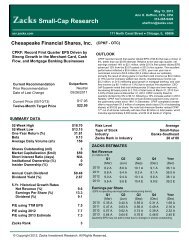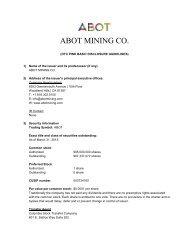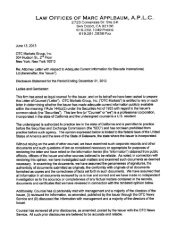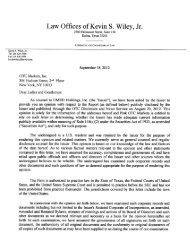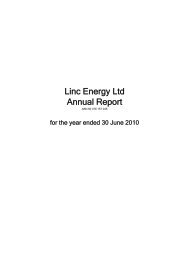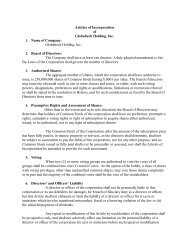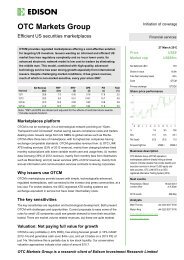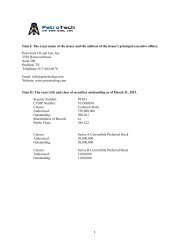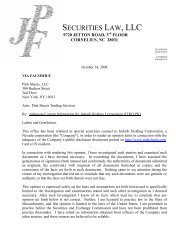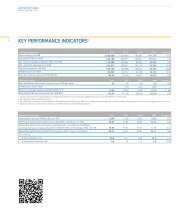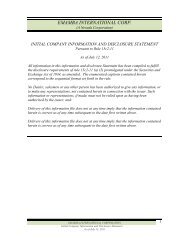2013 Apr 15 Annual Report 2012 - Phosphagenics
2013 Apr 15 Annual Report 2012 - Phosphagenics
2013 Apr 15 Annual Report 2012 - Phosphagenics
You also want an ePaper? Increase the reach of your titles
YUMPU automatically turns print PDFs into web optimized ePapers that Google loves.
Notes to the consolidated fi nancial statements<br />
(ii) Accounting Standards and Interpretations issued but not yet effective<br />
Australian Accounting Standards and Interpretations that have recently been issued or amended but<br />
are not yet effective and have not been adopted by the Group for the annual reporting period ending<br />
31 December <strong>2012</strong>, outlined in the table below:<br />
Reference Title Summary<br />
AASB 2011-9<br />
Amendments to Australian<br />
Accounting Standards<br />
- Presentation of Other<br />
Comprehensive Income<br />
[AASB 1, 5, 7, 101, 112,<br />
120, 121, 132, 133, 134,<br />
1039 & 1049]<br />
This standard requires entities to group items<br />
presented in other comprehensive income on the basis<br />
of whether they might be reclassifi ed subsequently to<br />
profi t or loss and those that will not.<br />
70<br />
AASB10<br />
Consolidated Financial<br />
Statements<br />
AASB 10 establishes a new control model that<br />
applies to all entities. It replaces parts of AASB 127<br />
Consolidated and Separate Financial Statements<br />
dealing with the accounting for consolidated fi nancial<br />
statements and UIG-112 Consolidation - Special<br />
Purpose Entities. The new control model broadens the<br />
situations when an entity is considered to be controlled<br />
by another entity and includes new guidance for<br />
applying the model to specifi c situations, including<br />
when acting as a manager may give control, the<br />
impact of potential voting rights and when holding<br />
less than a majority voting rights may give control.<br />
Consequential amendments were also made to other<br />
standards via AASB 2011-7.<br />
AASB 11 Joint Arrangements AASB 11 replaces AASB 131 Interests in Joint<br />
Ventures and UIG-113 Jointly-controlled Entities -<br />
Non-monetary Contributions by Ventures. AASB 11<br />
uses the principle of control in AASB 10 to defi ne joint<br />
control, and therefore the determination of whether<br />
joint control exists may change. In addition it removes<br />
the option to account for jointly controlled entities<br />
(JCEs) using proportionate consolidation. Instead,<br />
accounting for a joint arrangement is dependent on<br />
the nature of the rights and obligations arising from the<br />
arrangement. Joint operations that give the venturers<br />
a right to the underlying assets and obligations<br />
themselves is accounted for by recognising the<br />
share of those assets and obligations. Joint ventures<br />
that give the venturers a right to the net assets is<br />
accounted for using the equity method. Consequential<br />
amendments were also made to other standards via<br />
AASB 2011-7 and amendments to AASB 128.<br />
PHOSPHAGENICS ANNUAL REPORT <strong>2012</strong>



